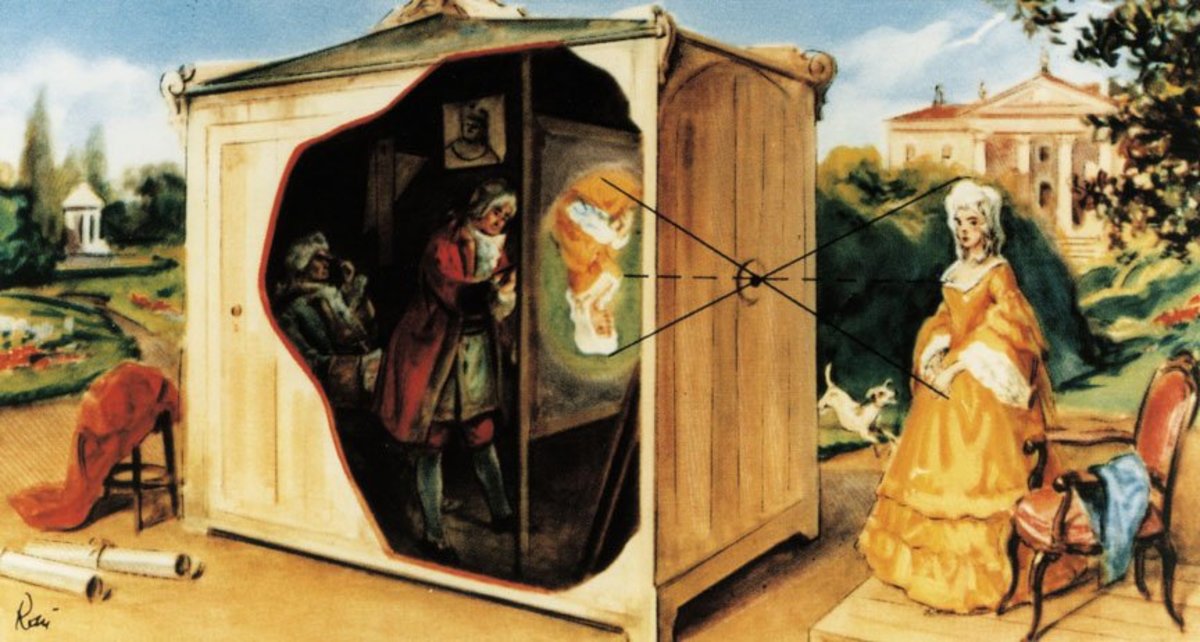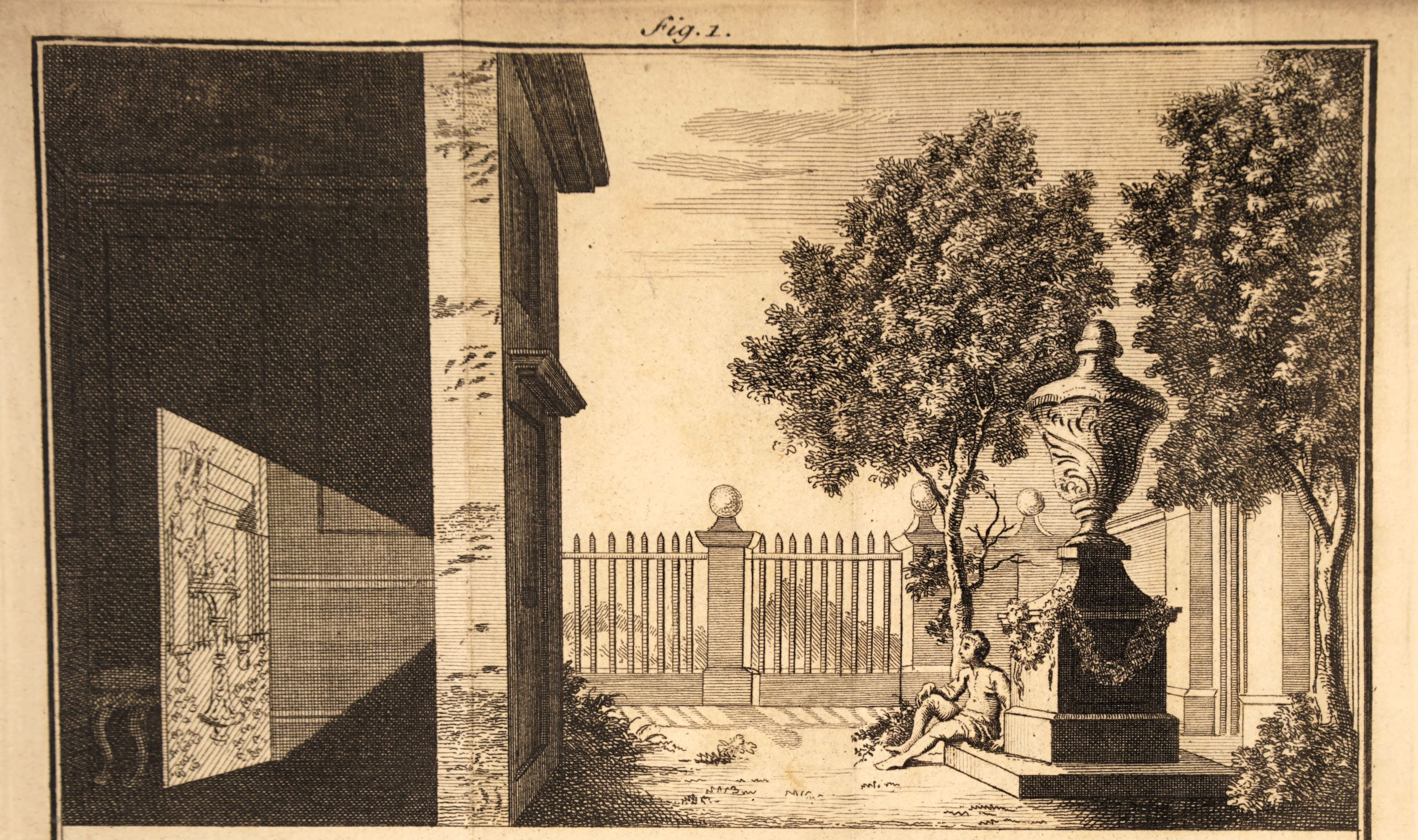The fundamental principles of photography date back thousands of years, long before the invention of film cameras in the 1800s. The earliest recorded mention of these principles can be traced to the 5th century BC, when the Chinese philosopher Mozi first described the concept. While photography as we know it today did not exist, early thinkers understood the significance of light and its ability to form images. This foundational knowledge paved the way for the eventual development of cameras and photographic techniques.
The Camera Obscura: An Ancient Tool for Capturing and Understanding Light Images
Before film was invented, people used a device called the “camera obscura” to view and capture images. This tool functioned like a primitive projector, using a small hole to direct light and project an inverted image onto a surface. Artists would often trace over these projections to recreate scenes accurately. Although the technology was rudimentary, the camera obscura demonstrated a crucial aspect of image formation—the role of light in capturing visual representations.

The term “camera obscura” translates to “dark chamber” in Latin, referring to a darkened room or box with a small hole allowing light to enter. The light passing through the hole projects an image of the outside world onto the opposite surface. The resulting image appears upside-down and reversed due to the way light travels in straight lines. A light-colored or white surface helps enhance the visibility of the projection, making the image clearer.
How Everyday Light Interactions Reveal the Magic of Camera Obscura Effects
Surprisingly, camera obscura effects can be found in everyday life. Anytime bright light passes through a narrow opening into a darker space, a similar visual phenomenon can occur. For example, a partially opened window blind may project a blurry but recognizable upside-down image of the outside world onto a nearby wall. These accidental camera obscuras reveal the natural behavior of light and how it interacts with its surroundings.
The principles behind the camera obscura explain the core mechanics of how images are formed. Light reflects off objects in multiple directions, but when it passes through a small opening, only the most direct reflections make it through, producing a clearer image.
The smaller the opening, the sharper the resulting image, similar to how a camera lens aperture works. Since light travels in straight lines, the image appears inverted, as rays from the top of an object reach the bottom of the projection surface and vice versa. These principles continue to influence modern photography, demonstrating how ancient knowledge still shapes contemporary technology.




